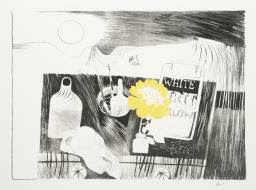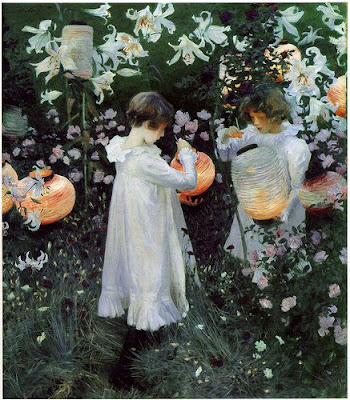Q1:What is semiotics?
Ans:Semiotics is the study of sign processes (semiosis), or signification and communication, signs and symbols, both individually and grouped into sign systems. It includes the study of how meaning is constructed and understood.
Semiotics divides into two parts:(1)Signifier and (2)Signified
(1)Signifier: It is a form that a person can see, touch, smell, and/or hear.
(2)Signified: It represent an idea or mental construct of a thing rather than the thing itself.
Example:Red light in traffic lights is signifier.
Green light in traffic lights is signified.
Denotation:To list the things what you see in any image or else.In semiotics, denotation is the surface or literal meaning encoded to a signifier.
Conatation:In semiotics, connotation arises when the denotative relationship between a signifier and its signified is inadequate to serve the needs of the community. A second level of meanings is termed connotative. These meanings are not objective representations of the thing, but new usages produced by the language group.
Tuesday, 21 October 2008
The Image I Dont Like In Tate Modern

The artist of this painting is Mary Feddon born in 1915 and the name of her painting is Etching Tablr 1972.
I just dont like this painting because it doesn't look like a really painting,it just like a rough sketch.Its not even a proper art work.Not really attractive.Looks very old.No lively painting.No colouring.A very rough idea.White and black colour appeals very old fashion.Just a wasteage of time.
Sunday, 19 October 2008
The Image I Like In Tate Modern

The artist of this painting is John Singer Sargent Carnation and the name of his painting is Lily,Lily,Rose (1885-6).
Painting and gardening both involve working with colour.Garden have seen as living pictures.Painting might seen more permanent than gardens,but the analogy between petals and pigments focuses our attention on the fragile nature of the expressive materials of both paintings and gardens.This is a stunning painting,lots of things going on.The glow on the bottom hand of the girl at the left is really amazing!!!
Thursday, 16 October 2008
Camera obscura And coverging len`s
Q1:What did you see while you were inside the camera abscura?
Ans:It was too dark in the room,light coming through the hole reflecting the object passing through the the hole.
Q2:How did is this camera obscura similar to inside of a camera?How is it different?
Ans:Because it projects upsidedown.They are very different because cant change the apperture.
Q3:Why was the image upsidedown?
Ans:Because there was so much light trying to get in the pinwhole that the light slowed down and turned the image upsidedown.
Ans:It was too dark in the room,light coming through the hole reflecting the object passing through the the hole.
Q2:How did is this camera obscura similar to inside of a camera?How is it different?
Ans:Because it projects upsidedown.They are very different because cant change the apperture.
Q3:Why was the image upsidedown?
Ans:Because there was so much light trying to get in the pinwhole that the light slowed down and turned the image upsidedown.
Thursday, 2 October 2008
SLR Camera Notes
(1)First way to control the light into the camera:The slower the shutter speed the more light that hits the film.
(2)Second way to control the light into the camera:is through aperture.The small aperture,the less light into the camera.
Slow 1sec
1/30sec
1/1ooosec
Lower Number= Small Aperture
Higher Number= Large Aperture
Observations On Images:
Shutter: Aperture: Oberseved
(1) 1sec : f4 : low aperture
(2) 1/30sec: f8 : light
(3) 1/250sec: f16 : dark
(4) 1/60sec : f11 : dim
(5) 1/500sec: f22 : too dark
Depth of field often called (DOF)
Background
DOF
Forground
The small aperture, less light= Great DOF
The Large aperture, more light= Small DOF
(2)Second way to control the light into the camera:is through aperture.The small aperture,the less light into the camera.
Slow 1sec
1/30sec
1/1ooosec
Fast
Lower Number= Small Aperture
Higher Number= Large Aperture
Observations On Images:
Shutter: Aperture: Oberseved
(1) 1sec : f4 : low aperture
(2) 1/30sec: f8 : light
(3) 1/250sec: f16 : dark
(4) 1/60sec : f11 : dim
(5) 1/500sec: f22 : too dark
Depth of field often called (DOF)
Background
DOF
Forground
The small aperture, less light= Great DOF
The Large aperture, more light= Small DOF
Subscribe to:
Comments (Atom)